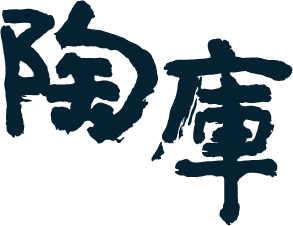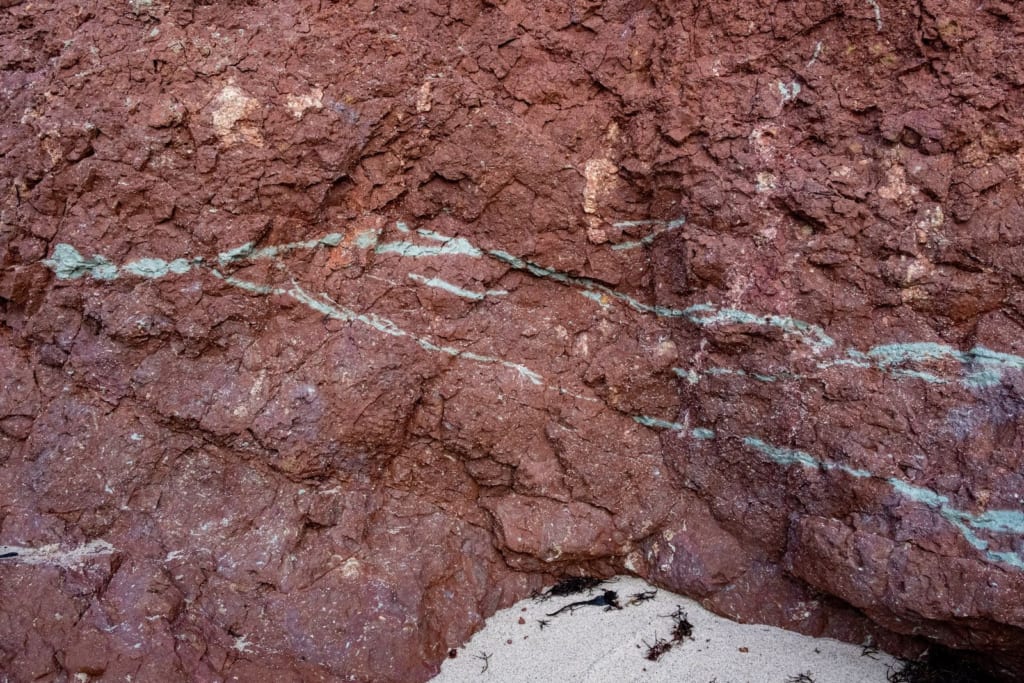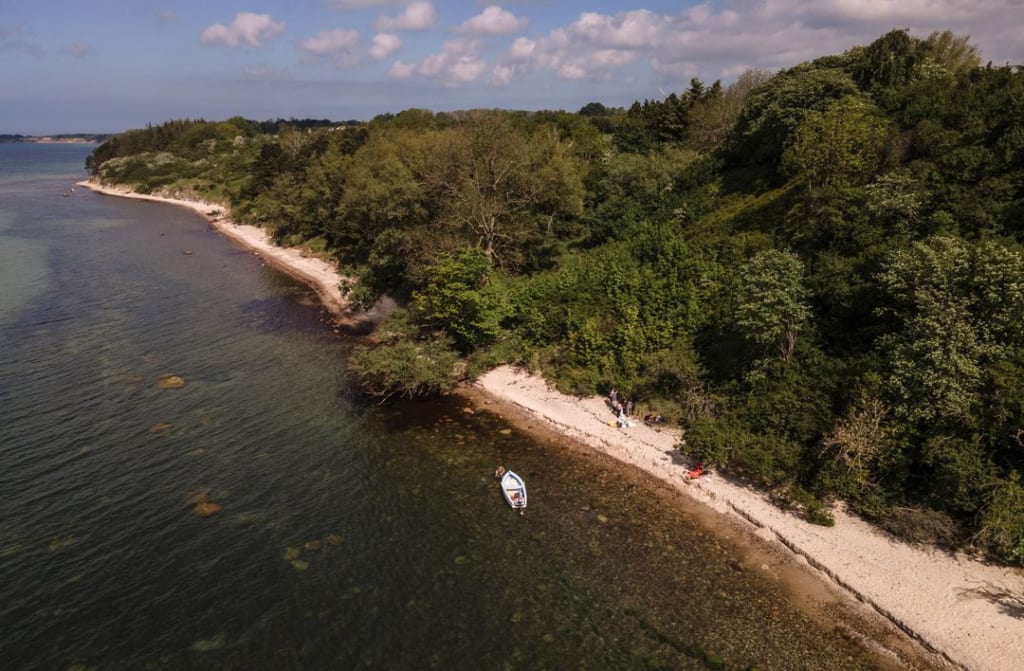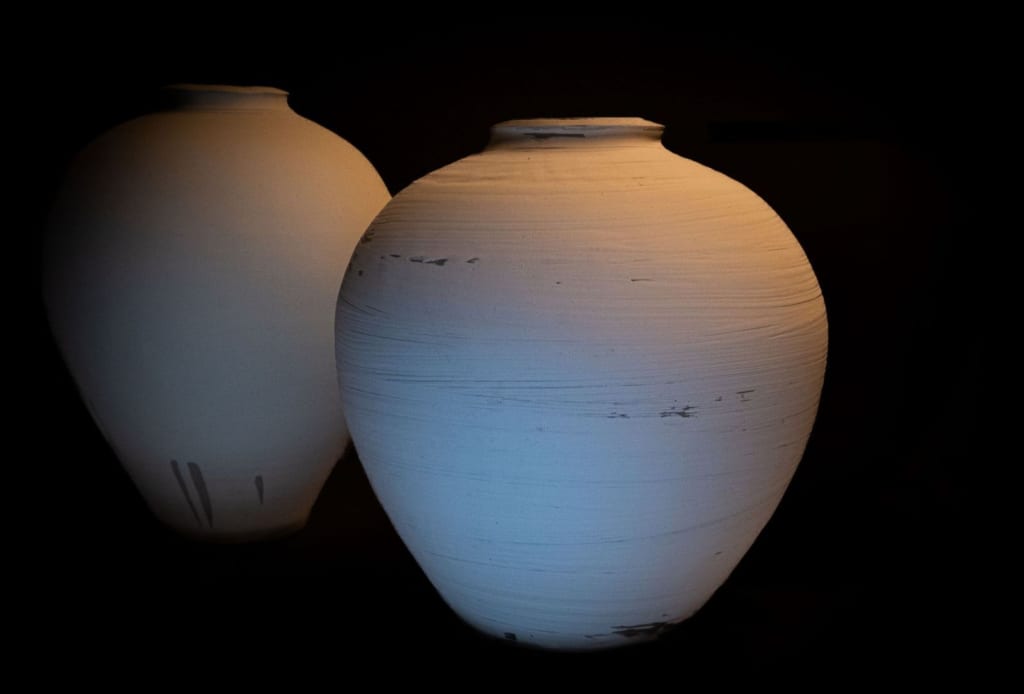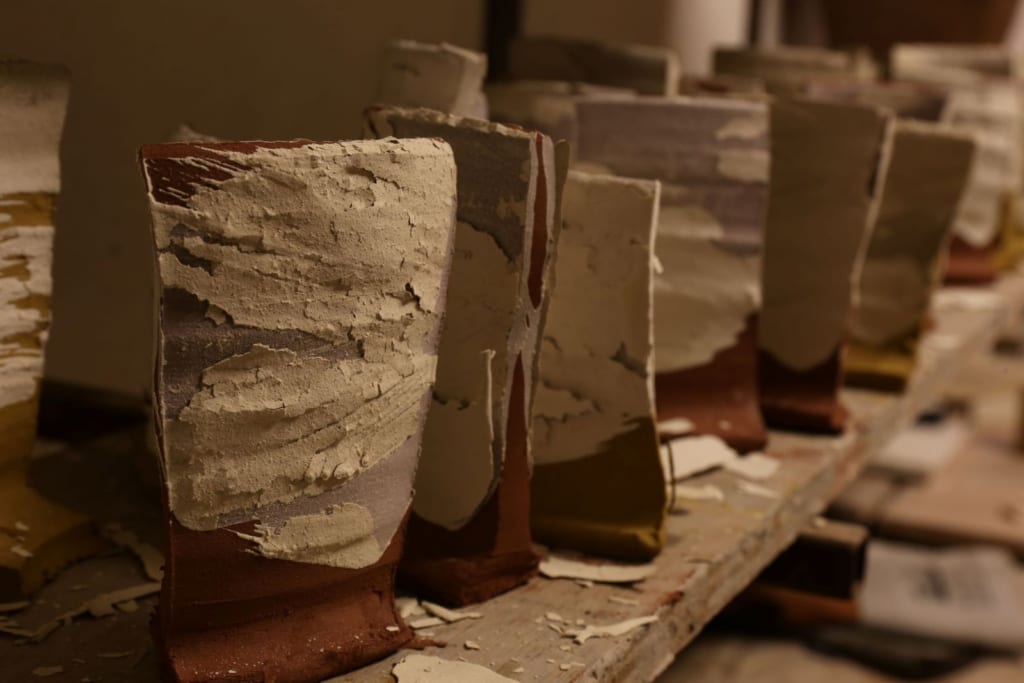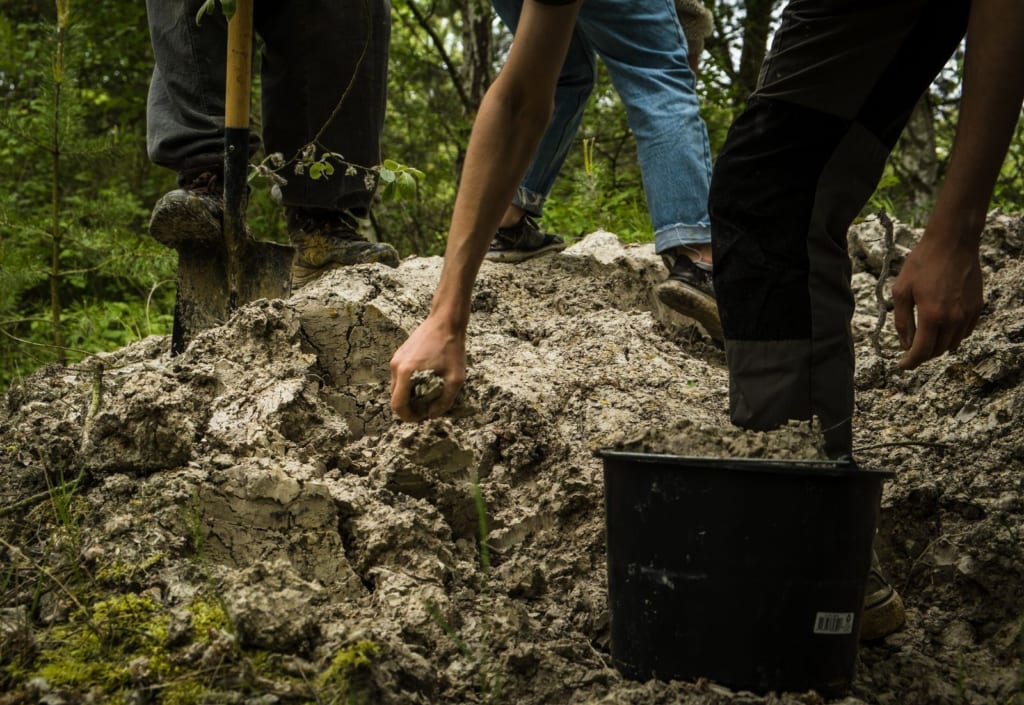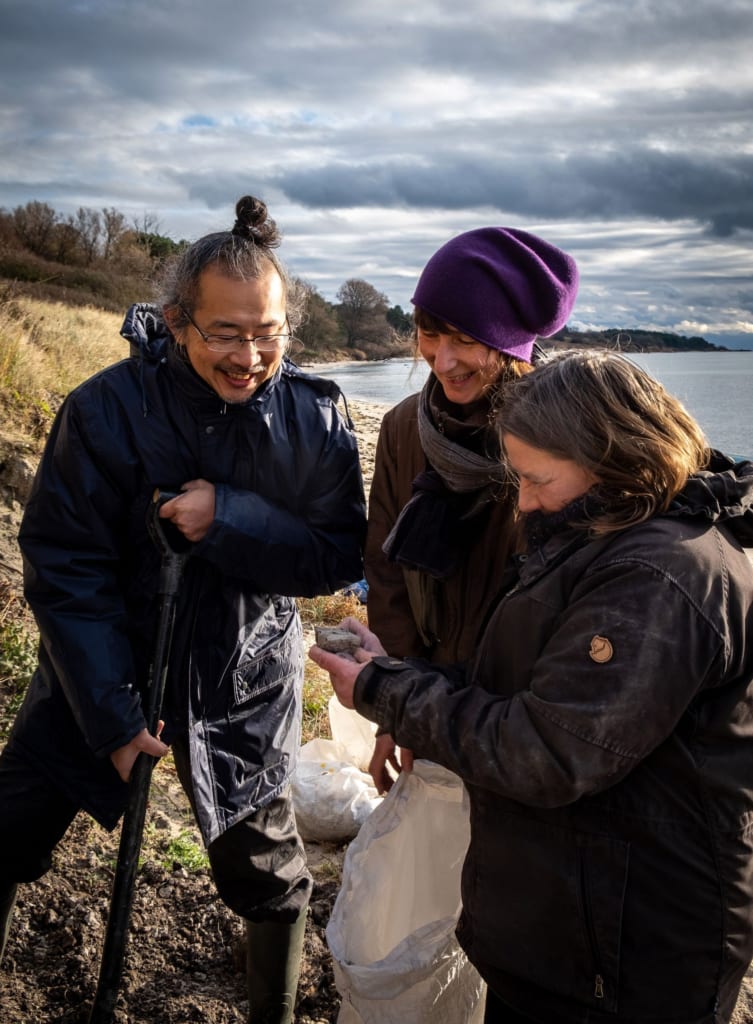過去の展覧会
Made on Bornholm
会期:2023/03/11〜03/23
出展作家:
岩見 晋介
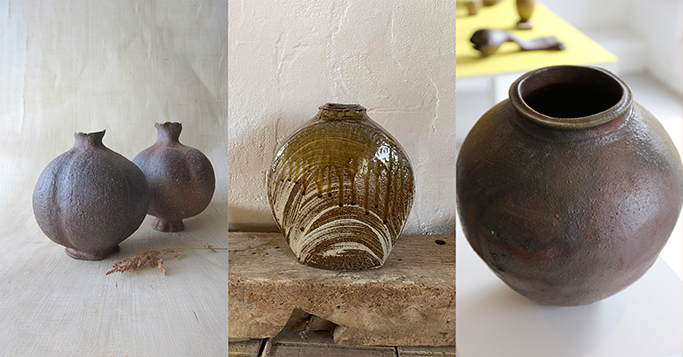
■出展作家
Ann Charlotte Ohlsson
Anne Mette Hjortshøj
岩見晋介
DM画像 大壷:岩見晋介(右)/扁壷:Anne Mette Hjortshøj(中央)/一輪挿:Ann Charlotte Ohlsson(左)
バルト海の宝石と称されるBornholm島(デンマーク)は、欧州には珍しい陶原料の宝庫とも言うべき島です。
私達は2016年からこの島の原料を調査・採掘し、制作を続けてきました。
本展ではそのローカル原料ほぼ100%から生まれた三人三様の陶器を展示すると共に、美しい自然を湛えるこの島の魅力を少しでも多くの方々に感じていただければ幸いです。
Jesper Lindstrøm Larsen(サポートメンバー)
Bornholm島生まれ。島の地質・歴史に詳しく、原料加工などの分野でプロジェクトをサポートしています。
出典:http://www.bornholmwildclay.dk/bornholm
▼Bornholm Wild Clay Research Project(ボーンホルム島で採取した原料による陶器制作プロジェクト)の詳細は下記よりご覧いただけます。(英文)
http://www.bornholmwildclay.dk/index.html
Made on Bornholm 1/2 #theta360 – Spherical Image – RICOH THETA
Made on Bornholm 2/2 #theta360 – Spherical Image – RICOH THETA
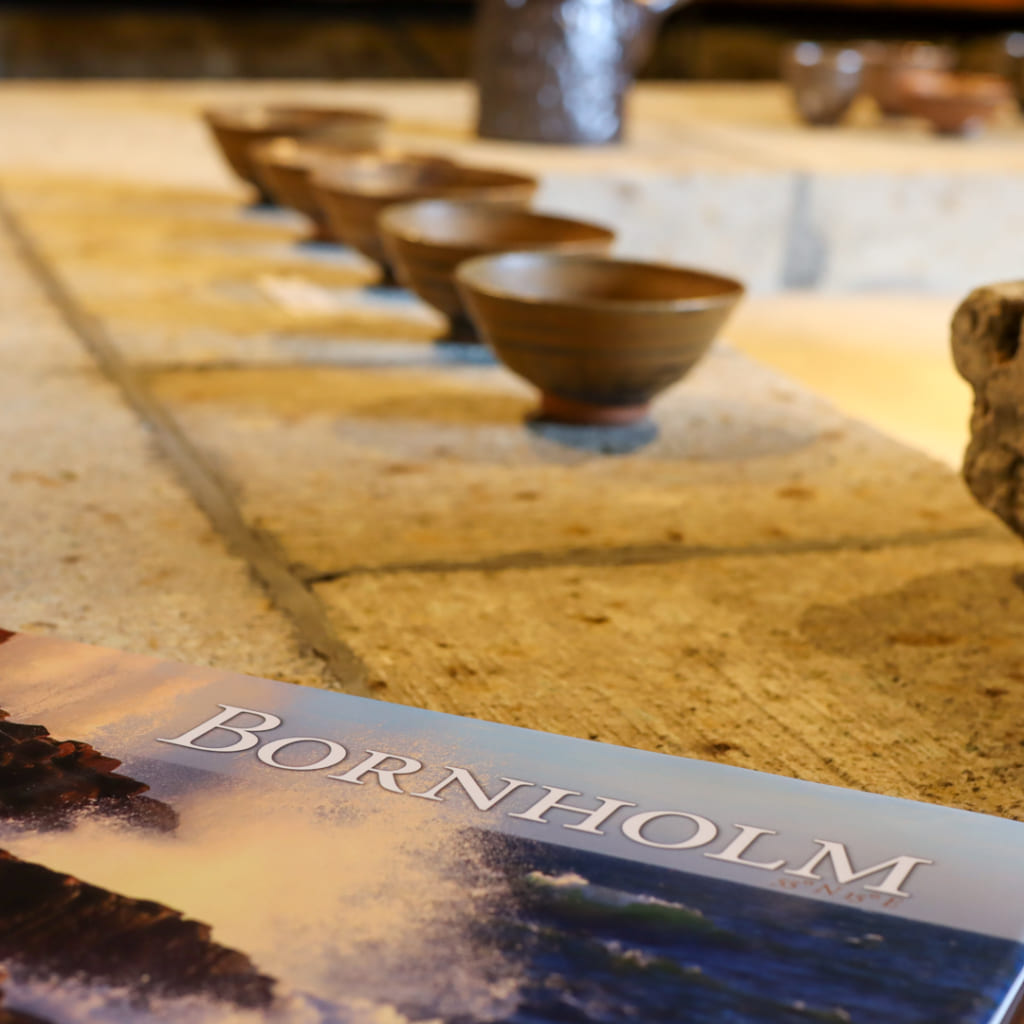
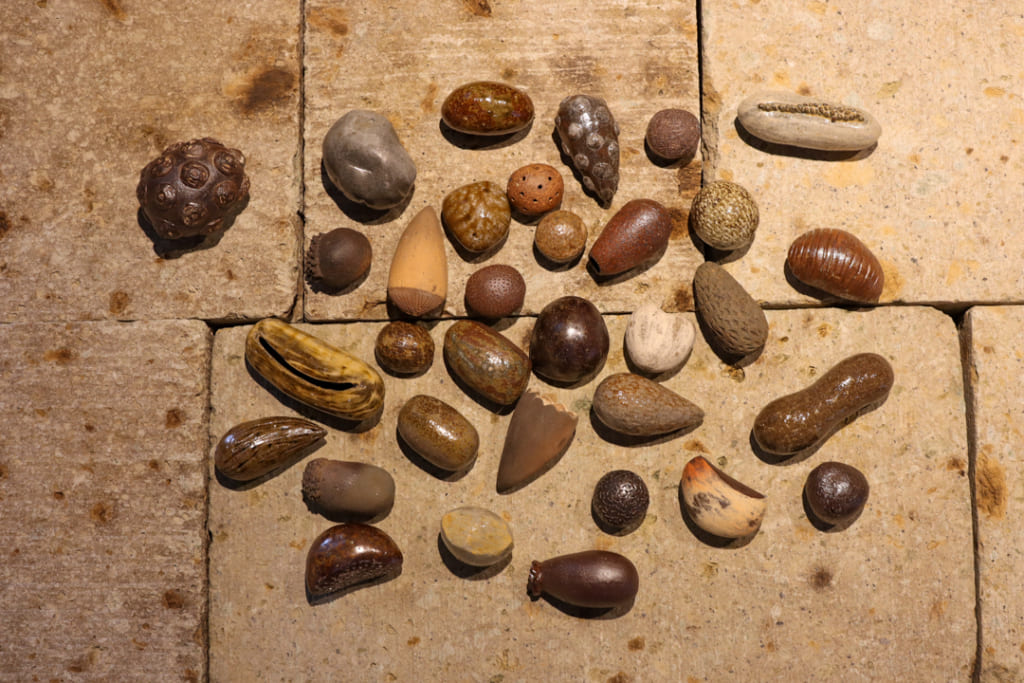
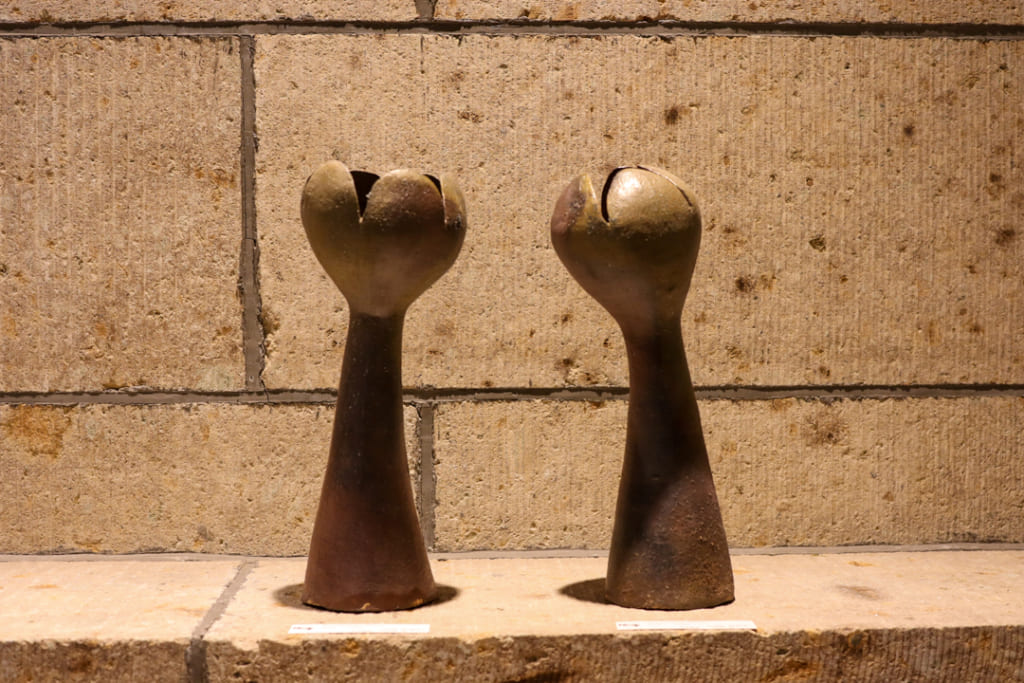
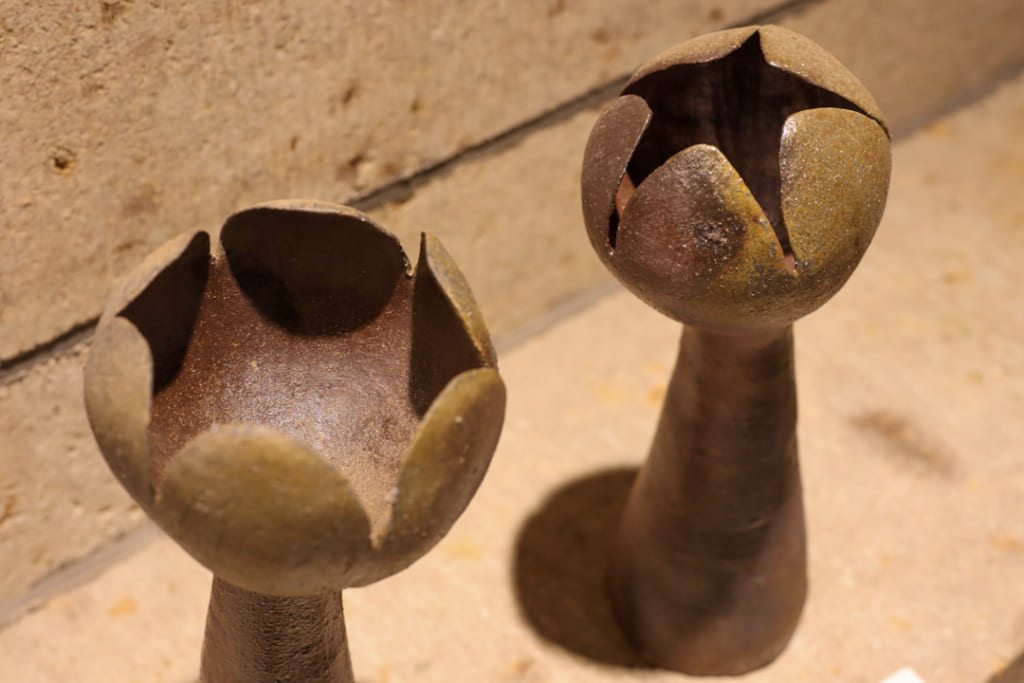
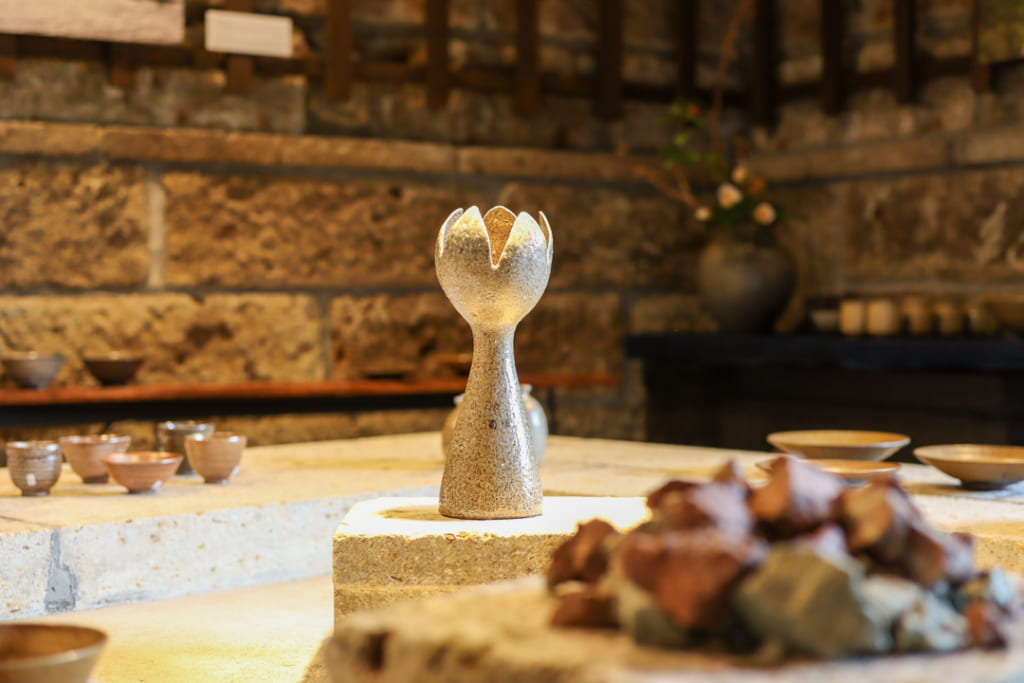
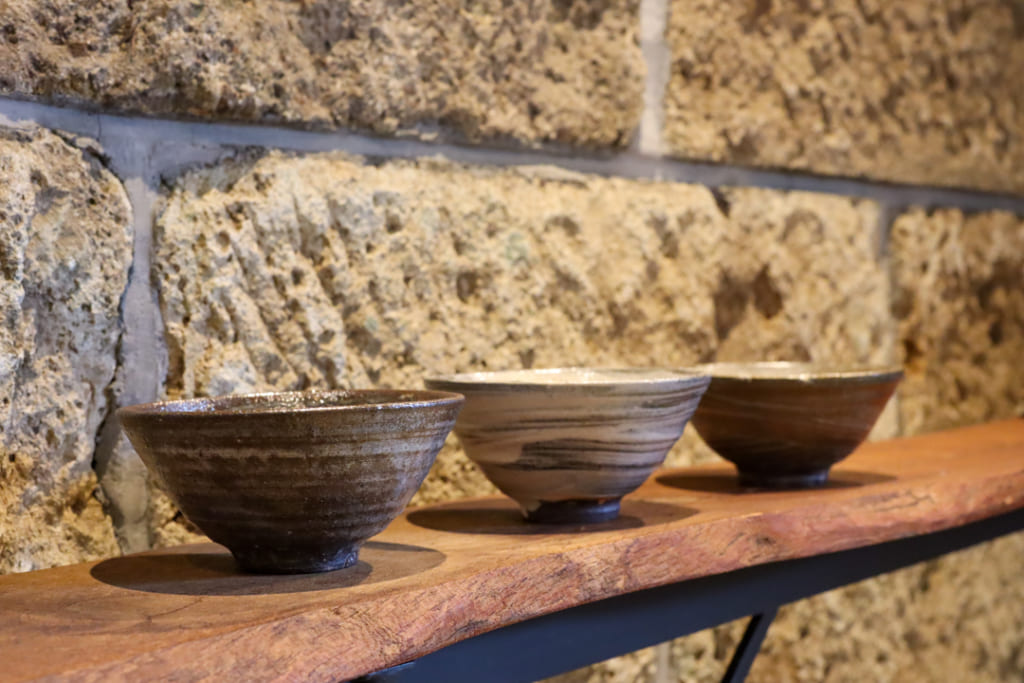
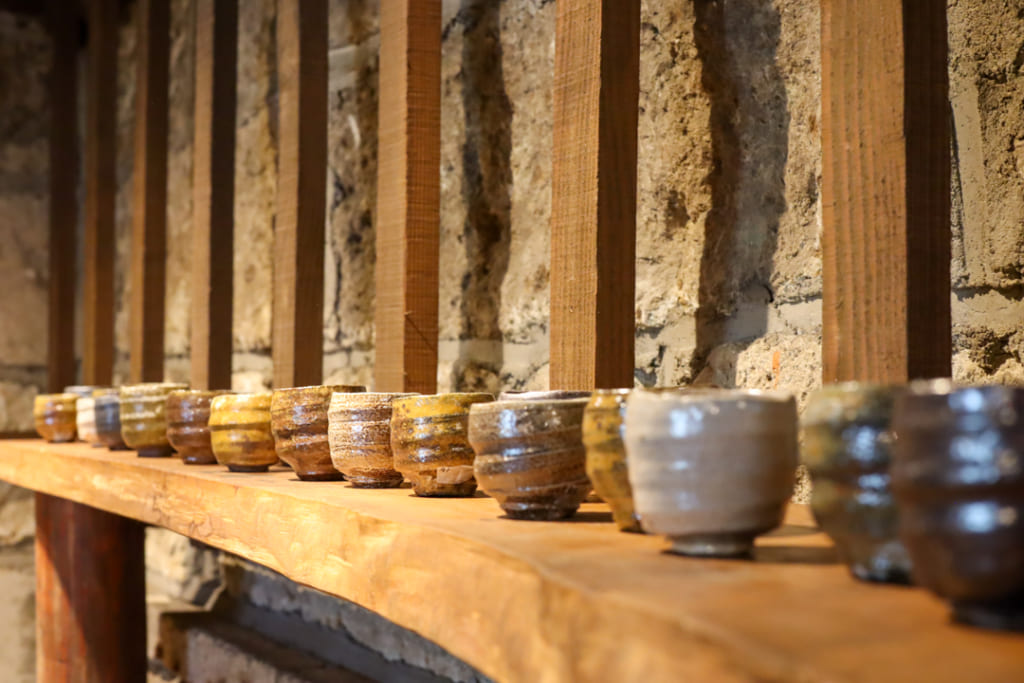
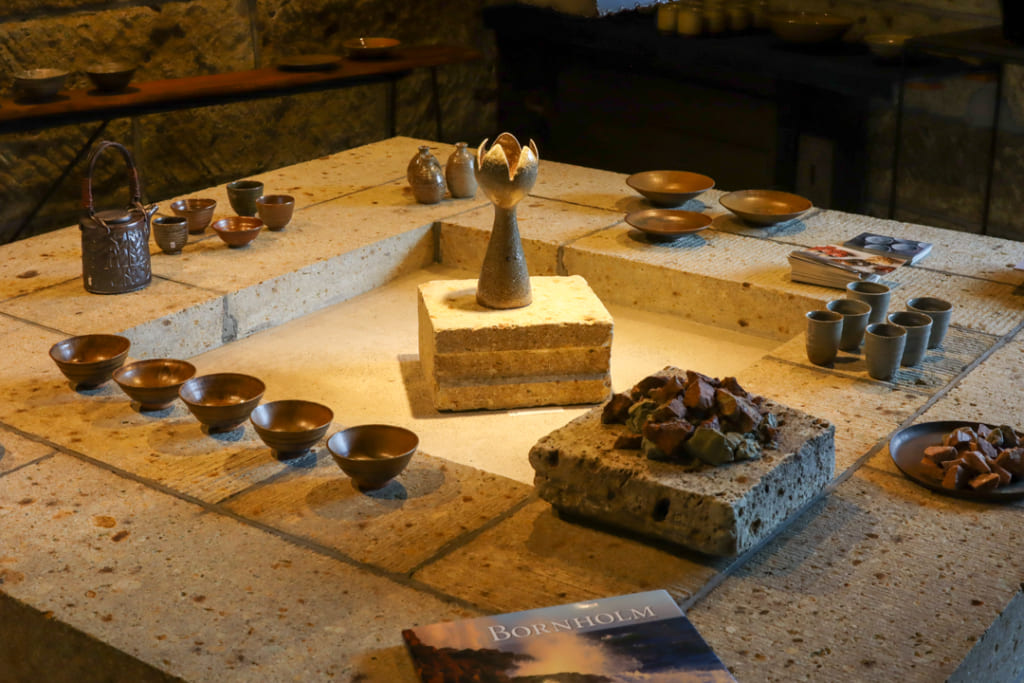
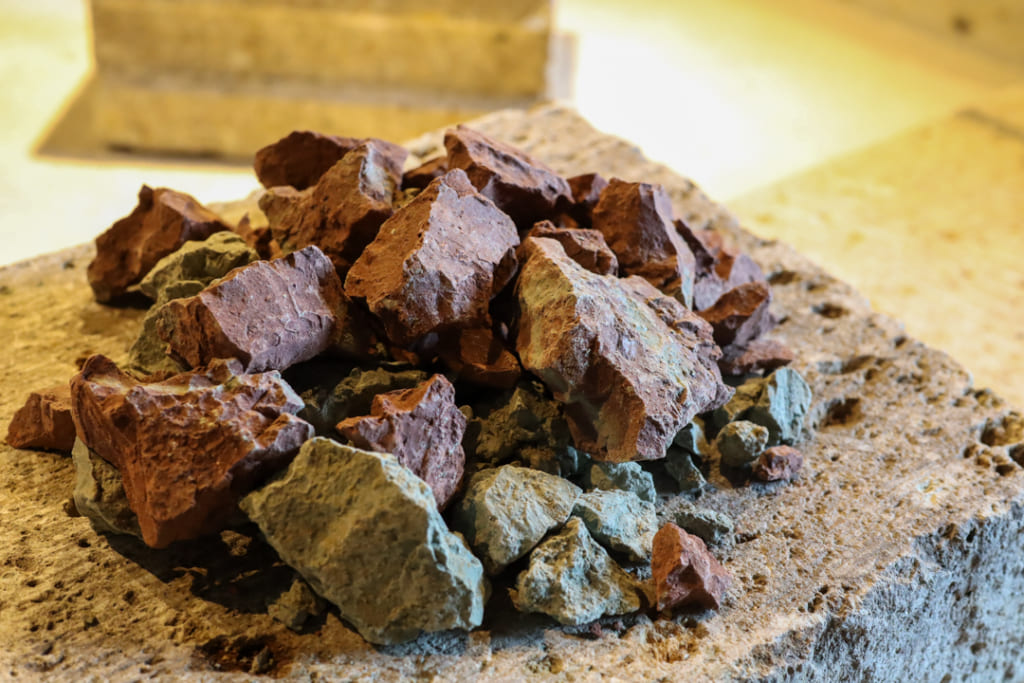
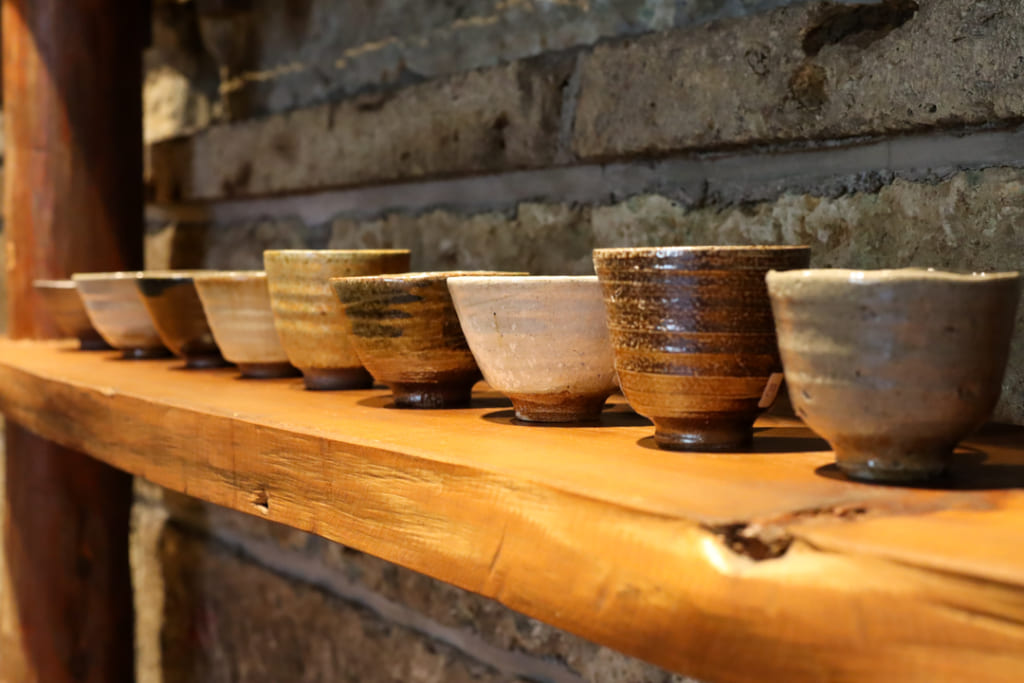
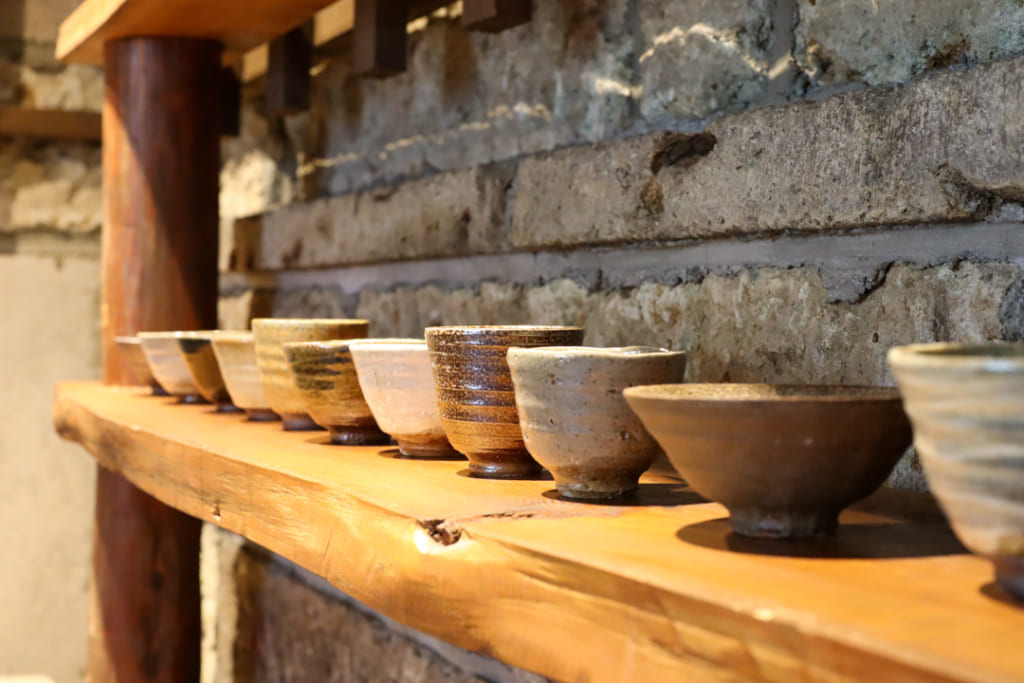
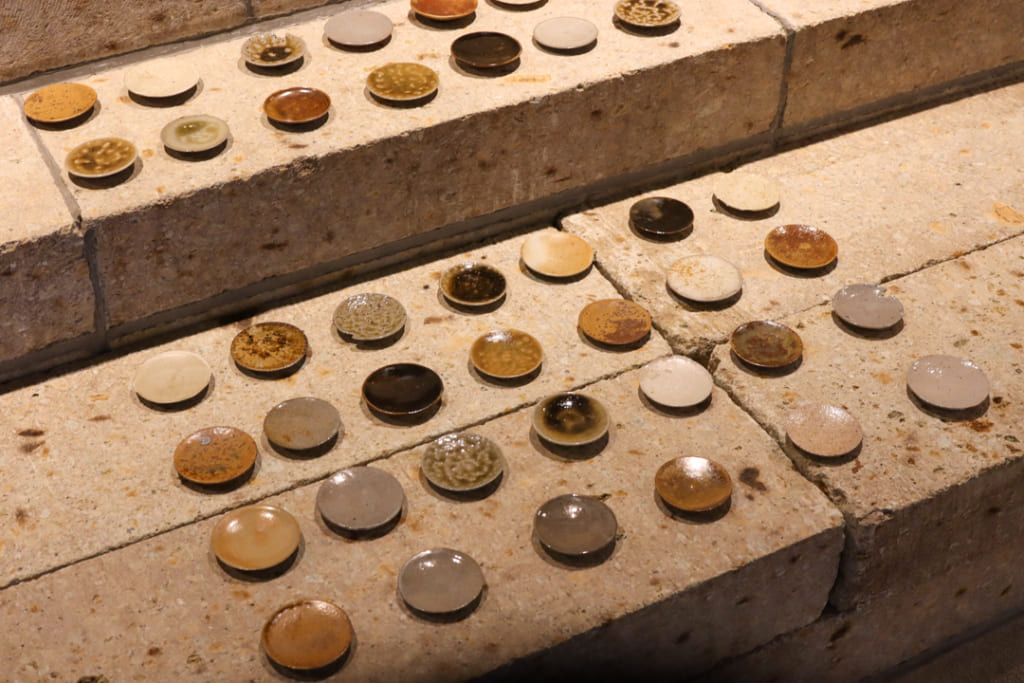
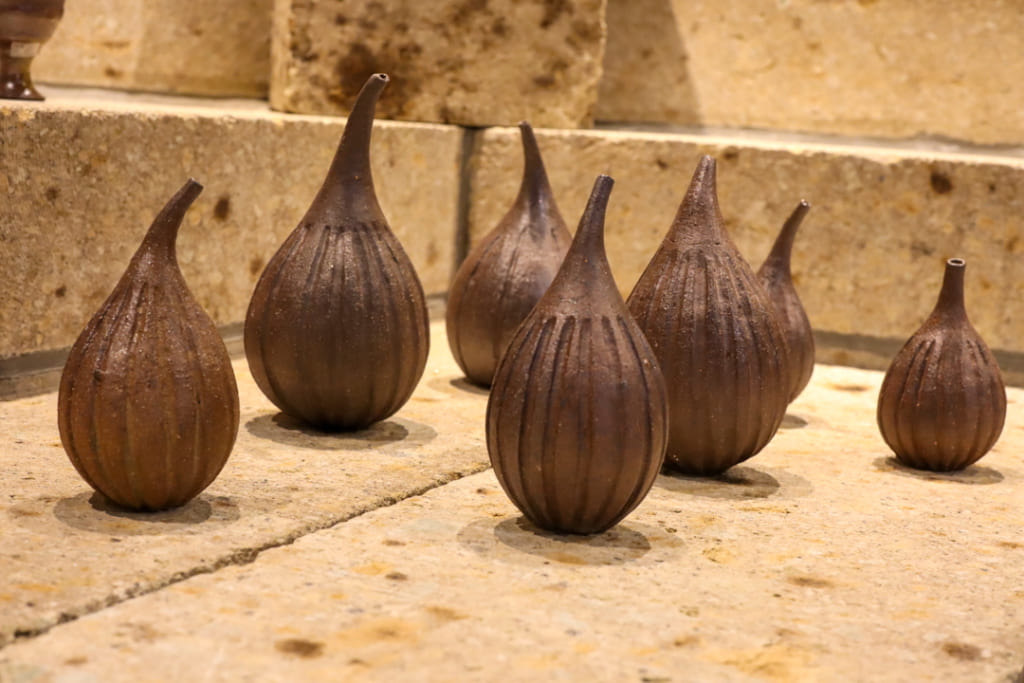
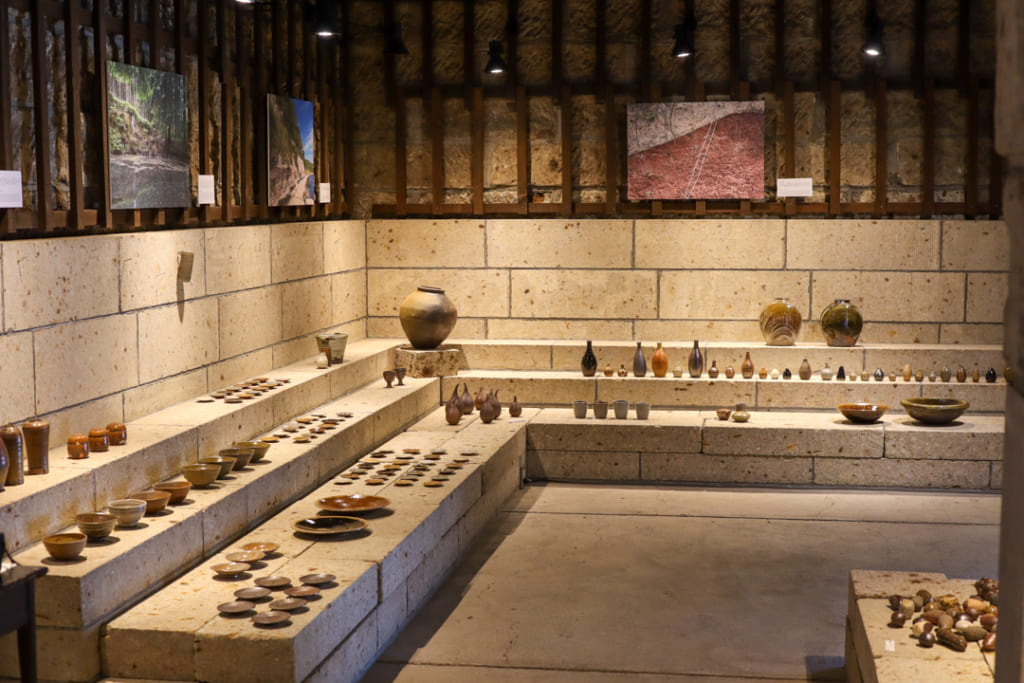
Bornholm Wild Clay Research Project
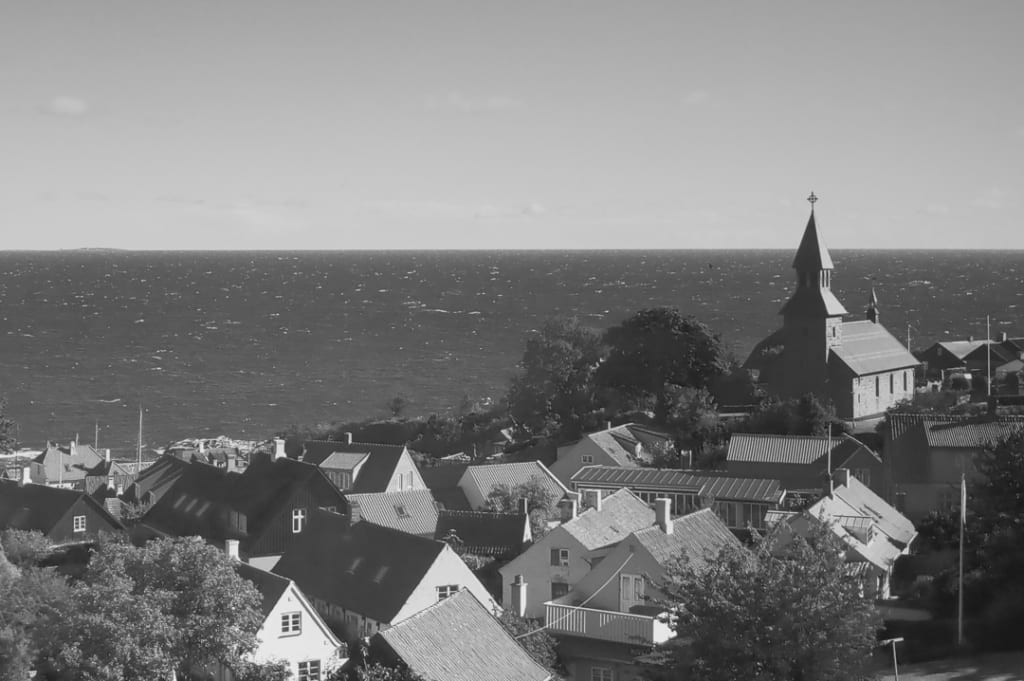
グディエムは島の北側にある岩の多い海岸にある小さな町。19 世紀の終わりにはデンマークの他の場所では見ることのできない “画家にとって最高の光” と言われたまるで絵に描いたような街の景色に魅せられ、多くの画家たちがこの街を訪れ始める。
20 世紀の初めにはますます多くの観光客が訪れるようになり、今日のグテ
ィエムはボーンホルムで最も重要な観光地の1つとなった。
“Gudhjem”
Gudhiem is a small coastal town on the rocky coast on the north side of the island. At the end of the 19th century, many artists began to visit the small town, to paint. The town’s picturesque appearance could not be found anywhere else in Denmark, and the light is said to be the best for a painter. At the beginning of the 20th century, an increasing number of tourists were experienced, and today Gudhjem is one of the most important tourist destinations on Bornholm

Hasleには、遠く尊国まで輸出していたという世界的に見てもとても優秀なタイルを生産していた工場があった。この工場が1990 年代に閉鎖してしまったのを最後に、この島の窯業の歴史はほぼ途絶えてしまった。この工場の敷地内には放置された粘土の山が沢山ある。
それをJesper が幾つも持って帰って来て僕たちはその粘土の可能性を探る。そしていくつかのとても希望に満ちた実験結果を僕たちは温めながら、もう一度この島の窯業の歴史に小さな灯を点けようとしている。
“Remains of a tile factory”
In Hasle, there was a factory that produced tiles of excellent quality even from a global perspective. They were exporting tiles and raw material, even as far as to South Korea.
After the factory closed in the 1990s, the history of the island’s ceramics industry almost ended. There are many piles of abandoned clay on the premises of this factory.
Jesper brings back several of them and we explore the possibilities of that clay. And while firing the results of some very hopeful experiments, we are once again trying to shed a little light on the history of the ceramics industry on this island.
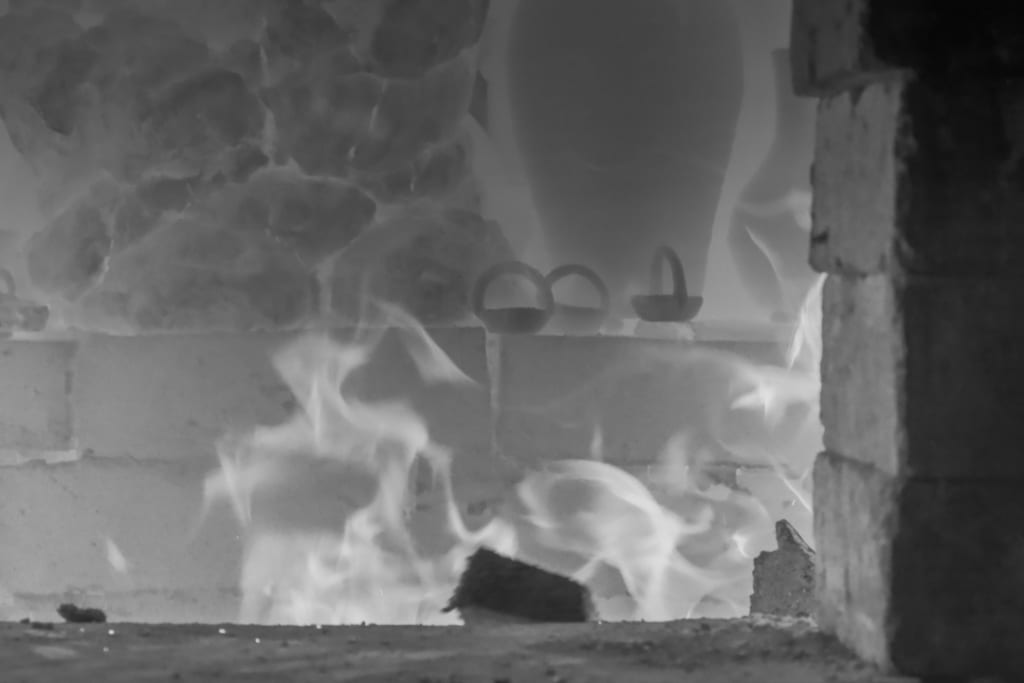
耐火度の低い赤土を焼くために私たちは土窯を築き、島士の魅力を最大限に引き出すための焼成を何度も試みた。土は数億年の眠りから覚め、次第にその奥に秘めた島の表情を見せ始めた。
“From Fire box of Clay Kiln”
We built a clay kiln to fire the red clay, which has low fire resistance, and tried many times to bring out the charm of the island clay. After sleeping for 200 million years, the clay gradually began to reveal the island hidden deep within it.
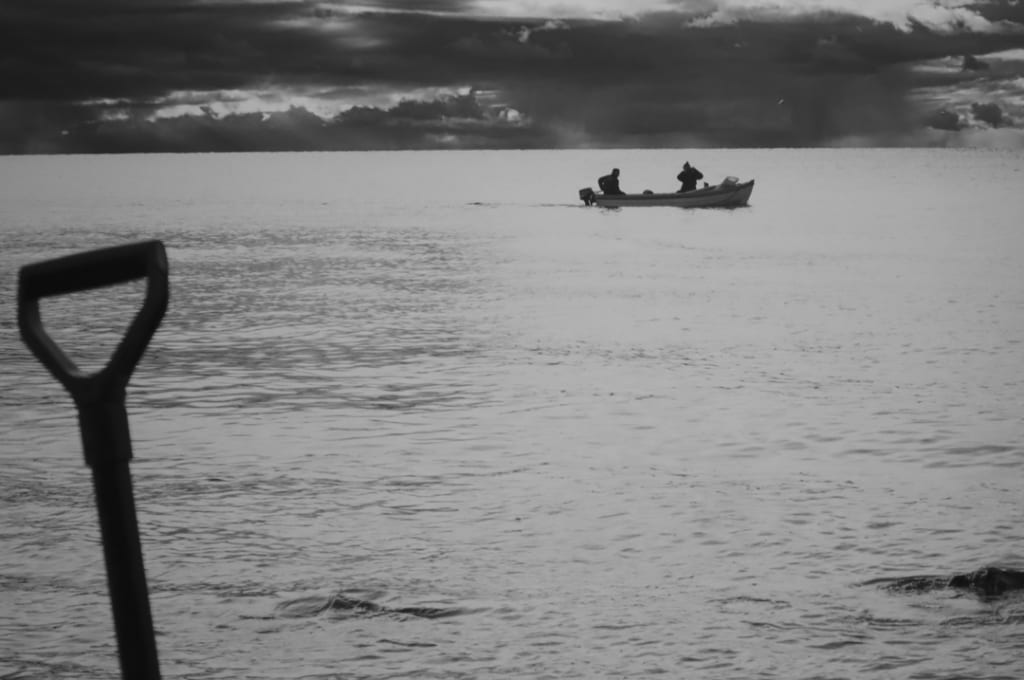
冬の貴重な晴れ間を縫って、私たちは狙い定めた粘士を掘りに海から浜辺へアプローチした。塩袖が載ると金色に輝くあの土を求めて。
“Boat docking from shore”
Through precious sunny winter days, we approached the beach from the sea to dig the clay we were aiming for. In search of that clay that shines golden when salt glaze is applied.
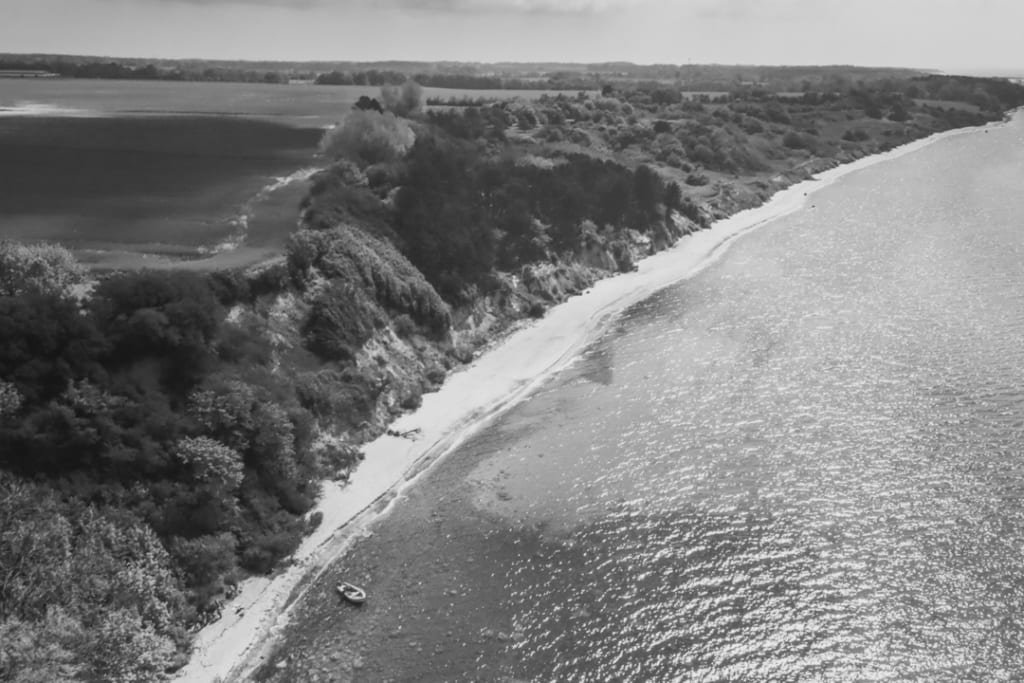
Sose Beach は私たちが最も良く行く粘土採取の場所だ。
この浜の粘土は非常にバラエティーに富んでいて、ほんの数十メートル歩くだけで次から次へと様々な種類の粘土が顔を見せる。それでも冬の荒々しい波風によって前の年に採った土は消えてしまうことも度々。似て非なる土を見つけると、何がどう違うのか、どうしてそうなったのか、深い想像の世界へ引き込まれていく。
“Sose Beach”
Sose Beach is our go-to clay digging location. The clay on this beach is extremely diverse, and just walking a few dozen meters reveals different types of clay one after another. Even so, the clay collected in the previous year often disappears due to the violent winds and waves of the winter. When we find similar but different clay, we will be drawn into a world of deep imagination, wondering what is different and how it came to be.
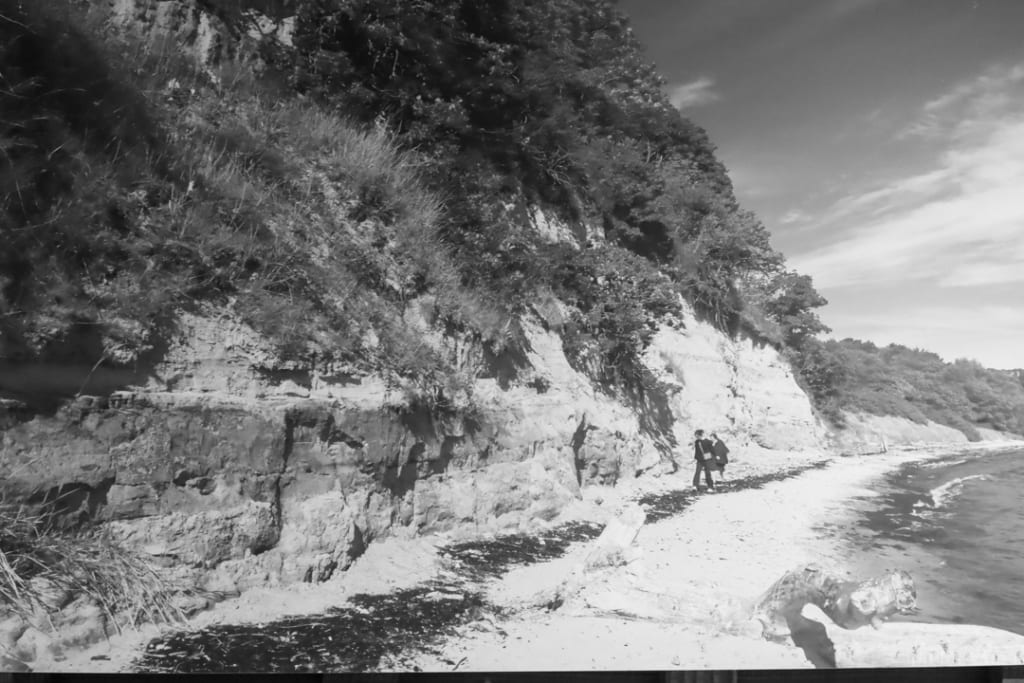
Bornholm 島南西部の海岸線は粘士の宝庫だ。延々十数キロにわたり様々な粘土が地層もろとも顔を出す。近海の塩分濃度はスカンジナビアの深い森から流れ込む大量の淡水により極端に低い。陶士として用いるのに非常に都合の良い自然からの賜物なのだ。
“Southwest Coast Clay Layer”
The southwestern coastline of Bornholm Island is a treasure trove of clay. Various types of clay appear along with strata over a stretch away over 10 kilometers. The salt content in the Baltic Sea water is extremely low due to large amounts of fresh water from melting ice gletchers from the north. It is a gift from nature that is very convenient to use as potter’s clay.
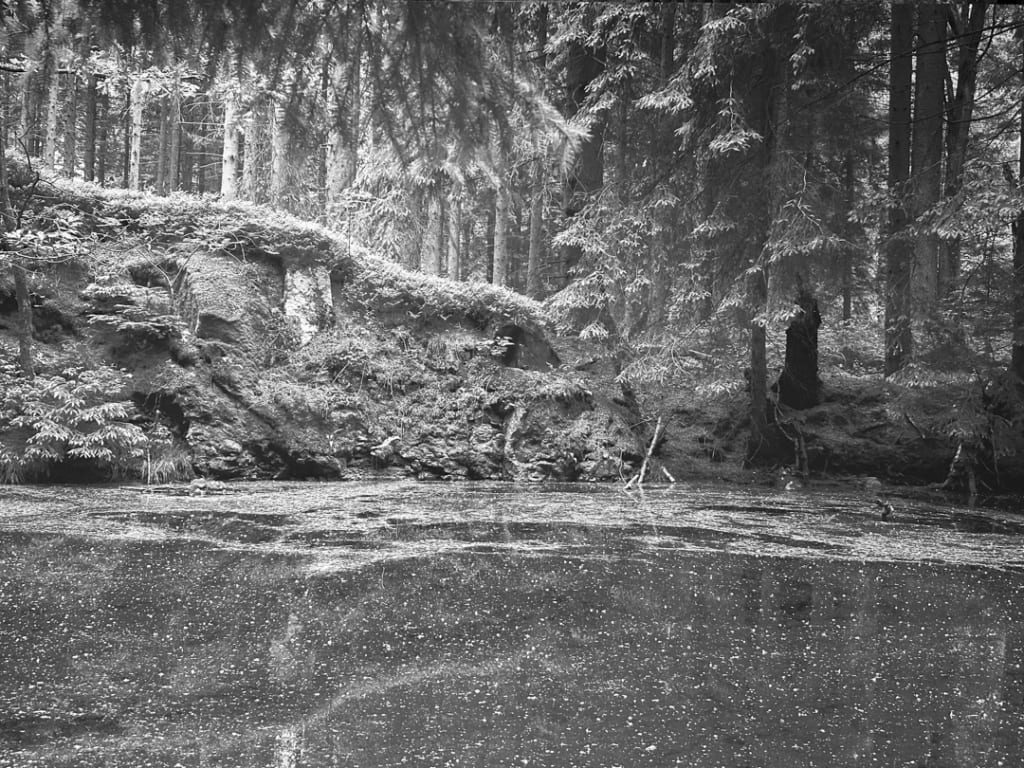
この島にはきっと長石があるはずだ!と白い石を片っ端から持ち帰っているとJesper が何をそんなに探しているんだ?と。この島の長石が見つかれば Made on Bornholm の素晴らしい焼き物作りにとても役に立つんだ!と話すと、その夜古い文献を当たっていた彼が、どうやらここにあるみたいだ…と古い地図を見せてくれた。
翌朝僕たちは小雨の降る中を興奮気味にその場所へ行ってみると、深い森の中に誰も訪れることのなくなった採掘跡が溶々と水を満え眠っていた。
“Feldspar Pond”
There must be feldspars on this island! I was looking for white stone everywhere And Jesper asked me, what are you looking for so much? and. Finding feldspar on this island would be a great help in making some of Made on Bornholm’s finest pottery! When I told him that, he was looking at old documents that night, and he showed me an old map, saying that it seems to be here. The next morning, when we excitedly went to the place in the light rain, we found a sleeping mining site filled with water, in the deep forest that no one visited.
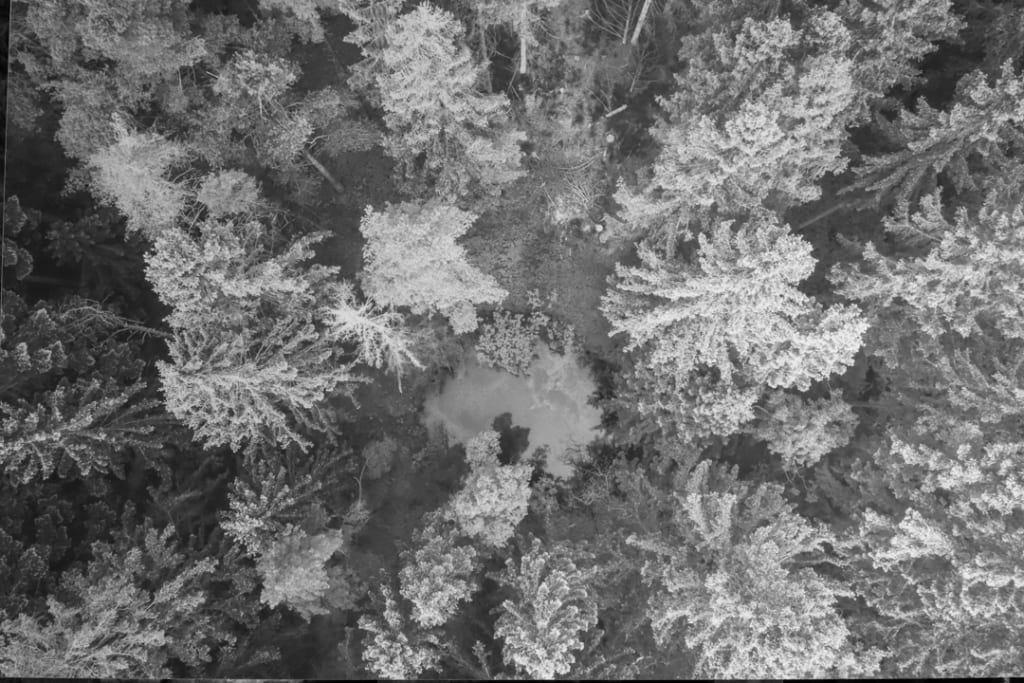
この島の森は伐採により一度消滅している。デンマークで二番目に大きいといわれるこの森は、全て植林によって再生されたものだ。その森の中に隠されたように佇むこの池を友人がドローンを飛ばして空から撮影してくれた。
200年前、ガラスの原料として長石を採掘していたというこの池は、空から見ると誰かが落としていったー枚のスパンコールのようだった。
“Feldspar pond aerial view”
The forest on this island has disappeared once due to logging. This forest, which is said to be the third largest in Denmark, was entirely regenerated by planting trees. A friend of mine flew a drone and took a picture of this pond which seems to be hidden in the forest. 200 years ago, feldspar was mined as a raw material for glass at this pond.
When viewed from the sky, it looked like a piece of sequin that had been dropped from sky.
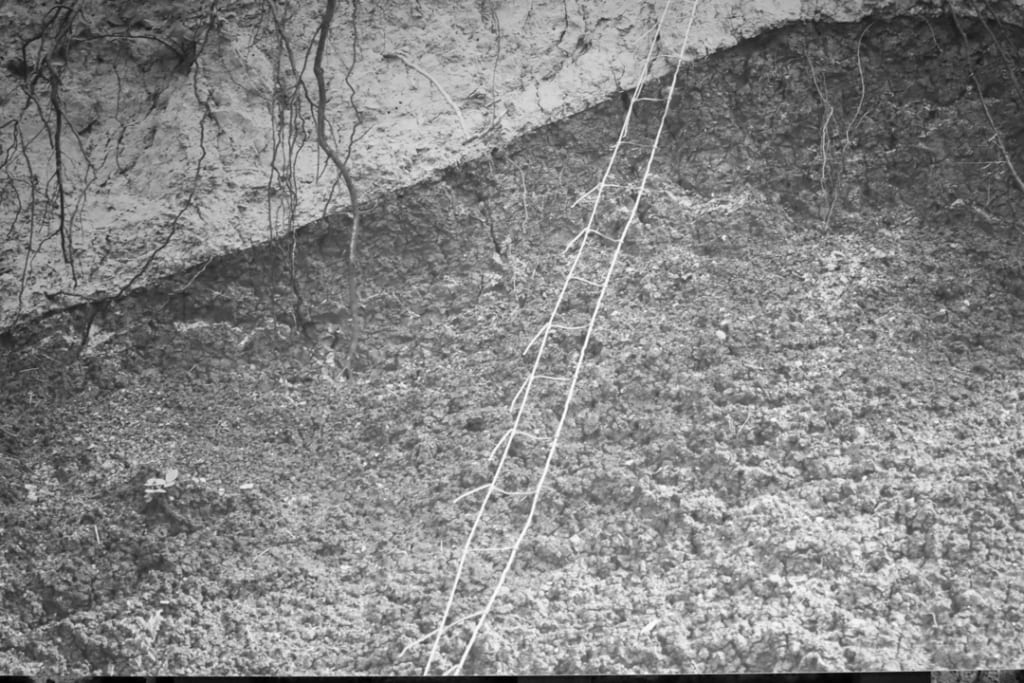
普通粘土層というのは地表の下にあって、大掛かりに採掘している場所などに行かなければこれほど大きな断面を目にすることはまず無いと言っていい。しかしこの島の南海岸線は波風により浸食された地層の断面をまざまざとさらけ出す
だから、僕たちはただ海岸線を散歩するだけで容易に粘土を探し当てることができるのだ。
“Red clay strata”
Normally, the clay layer is below the surface of the earth, and it can be said that it is rare to see such a large cross section unless you go to a place where large-scale mining is performed. However, the southern coastline of this island clearly exposes the cross-section of strata eroded by wind and waves. So we can easily find clay just by walking along the coastline. This red clay deposit is the oldest clay deposit on Bornholm
